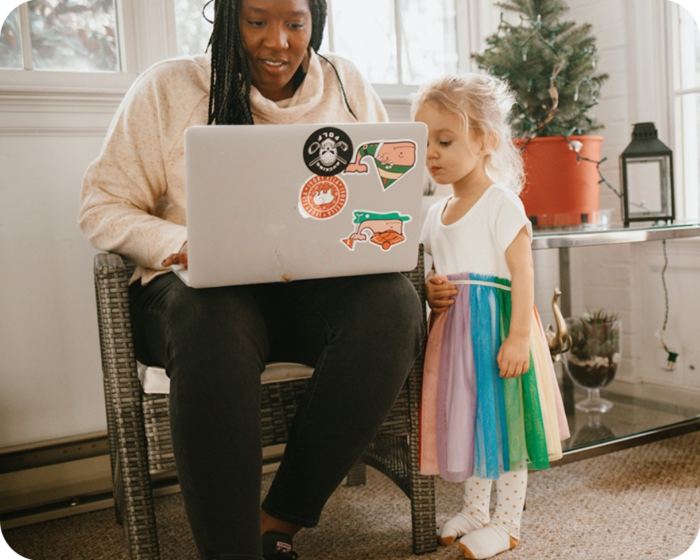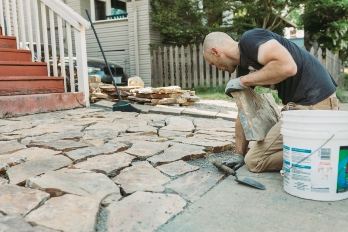Did you know that you can get down payment assistance even if your income is north of “low,” and even if you’re not a first-time homebuyer? It’s true.
Help with down payments and closing costs is available to more homebuyers than ever. Homebuyers like you, for example. We talked to Down Payment Resource (DPR) president and CEO Rob Chrane about how DPR’s free online database is making it easy to find down payment programs and other financial assistance.
Not your first time? Not to worry
Did you lose your home to foreclosure during the housing crisis? Or did you sell a home for whatever reason, and now you want to buy again? You may still qualify for assistance.
Traditionally, almost all homebuyer assistance programs have had “first time” requirements. That’s not true anymore, says Chrane. About 37 percent of homeownership programs have no first-time homebuyer requirement.
Further, “first time” may sound clear-cut, but in this context, it doesn’t mean what it says. “If a program does have the requirement,” says Chrane, “they use HUD’s definition of a first-time homebuyer, which is not having owned a home in the last three years.”
A little strange, but we’ll take it.
“In today’s world,” says Chrane, “this opens these programs up for what’s generally referred to as boomerang buyers, the households or families that unfortunately went through a foreclosure or a short sale because of the crisis. There are millions of those people out there who have gotten to the point where enough time has gone by, they’ve reestablished credit, and they want to be a homeowner again.”
Eligibility requirements have expanded
One of the myths of homebuyer assistance is that your income has to be “low” to get it. That’s less true than it used to be, according to Chrane. He should know: he’s been an agent, a broker, and a lender during the course of his career, and DPR is constantly monitoring more than 2,400 homebuyer programs across the country.
“When these programs were first done,” says Chrane, “the maximum household income was capped around 80 percent of area median income. Now you can find programs at 100 percent of area median income, sometimes as much as 140 percent.”
In some of the most expensive cities, income caps are even higher, Chrane says. In San Francisco—an outlier, for sure—a program for firefighters and protectors put the household income limit at 200 percent of area median income.
That’s right, a program for firefighters. There are all kinds of down payment programs aimed at certain professions and demographics: firefighters, protectors, teachers, health care workers, service members, persons with disabilities, and even people who are buying energy efficient homes. Check out our beginner’s guide to down payment asistance programs.
Many employer-assisted housing programs don’t have income limits at all. You’re probably beginning to see why it dawned on Chrane to create a single database that collects and sorts out all of this for you.
So forget what you thought about your eligibility and pay a visit to Down Payment Resource. Maybe you can get into your own space sooner rather than later after all.




